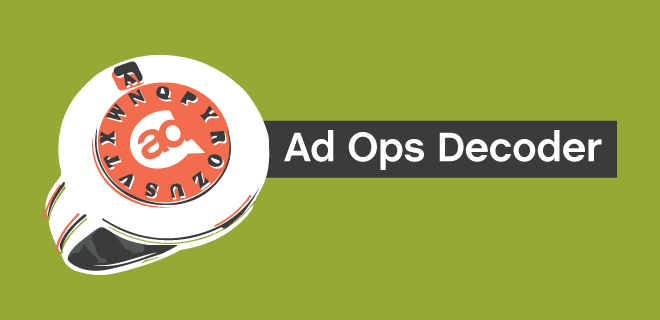
A private marketplace is an invite-only programmatic auction. A publisher sets aside certain inventory, or a group of publishers pool inventory they’ve set aside, and grants approval to certain buyers who can bid on it.
In theory, PMPs were created to combine the most appealing elements of direct sales and the programmatic marketplace. The promise of programmatic is that it allowed advertisers to buy audience rather than buy into specific sites. On the one hand, that allowed for a degree of discovery on both the buy and the sell side—brands could find their audiences where perhaps they wouldn’t expect to look, publishers could understand the value of their audience to buyers they didn’t have prior relationships with. On the other hand, there are a lot of unknowns in the open exchange, including brand safety concerns for both advertisers and publishers. So with a PMP, advertisers could be certain they were bidding on inventory in what they would consider premium environments, and publishers could be certain they were getting demand from premium buyers (“premium” being a relative value to everyone).
A PMP is still a programmatic transaction, a real-time auction at a basic level—but there are manual components. Everyone in the PMP needs to set up a Deal ID. We’ve explained Deal IDs in an earlier Decoder, but basically, the way it works is: the buyer and seller know beforehand that they want to work together, so they negotiate terms for the transaction, delineate any criteria that need to be respected (including floor prices, audience targeting and placements), and a bit of unique code is generated that allows the buyer and seller to identify each other in the PMP.
In a PMP, preferred buyers may have the opportunity to bid at a previously-agreed-upon fixed price—which could end up being lower than what the same inventory would fetch in the open exchange. If any or all buyers who have been given that first-look access take a pass on the impression, it goes up for auction within the PMP. If no one bids there, the impression goes back into the open exchange.
Of course, there are a lot of things in ad tech that don’t necessarily play out in practice the way they do on paper, and the PMP setup for display is one of them. Publishers note that they’ve gone through the trouble of setting up Deal IDs, with no guarantee that buyers would actually bid with any consistency, or at all. Buyers, on their part, haven’t always seen the scale they’d hoped for, or even seen their target audiences, in PMPs. Those dissatisfactions have pushed the development of other direct/programmatic hybrid transactions. Take programmatic guaranteed: It uses Deal IDs to enable transactions on predetermined criteria; but unlike PMPs, the buyer agrees to a certain amount of spend beforehand, and the transaction doesn’t necessarily happen within a walled-garden environment. There are other terms for other methods that split the difference between programmatic and direct, which gets complicated in part because different vendors like to give different names to fairly similar things, maybe adding a proprietary twist.
Video PMPs appear to have delivered more success stories than display, though. There’s much less premium inventory out there in video than in display, and video PMPs eliminate certain risks in an environment that generally perceived as bring pretty risky. And for publishers, there’s more money to be made in video than in display, which makes it easier to justify setting up the deals in the first place.
AdMonsters Resources:
Ad Ops Decoder: What Is Deal ID? (2017)
The ABCs of PMPs (2016)
Native in the Walled Garden: Native PMPs Take Root for CafeMedia (2016)
More Power to PMPs: A Conversation with Justin Kennedy of Sonobi (2016)
Playbook: Private Marketplaces and Advanced Studies in Programmatic Video (2015)
Forging Forward: Unlocking PMP Potential (2015)
Private Exchange Playbook (2013)